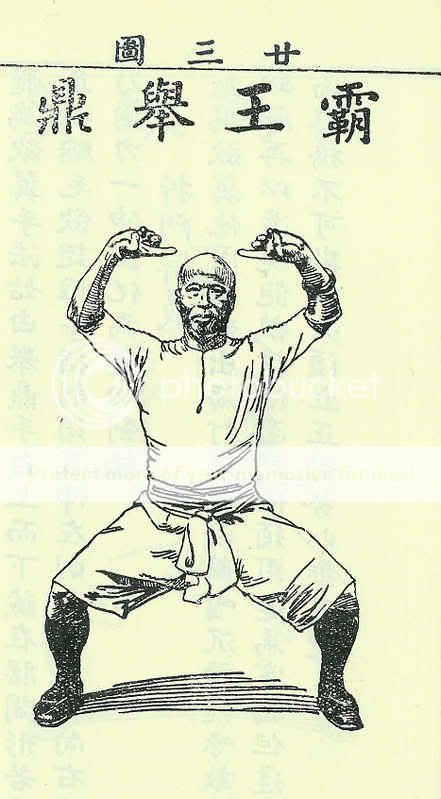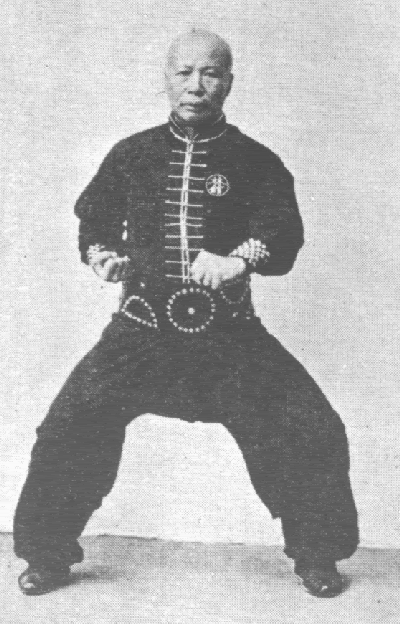brianlkennedy
Orange Belt
Is it true that the Kenpo Tiger and Crane was taken, with minor modifications, from the Hung Gar ([FONT=新]洪拳[/FONT]) form of the same name? Here is an illustration from Lam Sai Wing ([FONT=新]林尚榮[/FONT]) (1861-1942) book entitled Tiger and Crane Fist ([FONT=新]虎鶴雙拳[/FONT])

I have often wondered how that set got into the Kenpo system. I presume, since Hung Gar is (and was in the 1960s) quite popular in Hawaii, some Chinese teacher taught it to Mr. Parker or one of Mr. Parkers students and then it got in the Kenpo system. Is that right? Anyone know about what year the Tiger and Crane form was incorporated into the Kenpo system?
If I remember right- and I have not seen the Kenpo Tiger and Crane form since the early 1980s when I used to go to Ed Parkers Long Beach Internationals every year, and Tiger and Crane was a regular in the kata competitions.-but if I am remembering right, the Kenpo Tiger and Crane was done with somewhat higher stances than the Hung Gar version and had been shortened in the sense that sections of the Hung Gar version had been removed (in particular sections from the second half, the back half, of the Hung Gar version had been cut out).
Hung Gar is still quite popular here in Taiwan tooalthough no Kenpo schools!
Take care,
Brian

I have often wondered how that set got into the Kenpo system. I presume, since Hung Gar is (and was in the 1960s) quite popular in Hawaii, some Chinese teacher taught it to Mr. Parker or one of Mr. Parkers students and then it got in the Kenpo system. Is that right? Anyone know about what year the Tiger and Crane form was incorporated into the Kenpo system?
If I remember right- and I have not seen the Kenpo Tiger and Crane form since the early 1980s when I used to go to Ed Parkers Long Beach Internationals every year, and Tiger and Crane was a regular in the kata competitions.-but if I am remembering right, the Kenpo Tiger and Crane was done with somewhat higher stances than the Hung Gar version and had been shortened in the sense that sections of the Hung Gar version had been removed (in particular sections from the second half, the back half, of the Hung Gar version had been cut out).
Hung Gar is still quite popular here in Taiwan tooalthough no Kenpo schools!
Take care,
Brian

